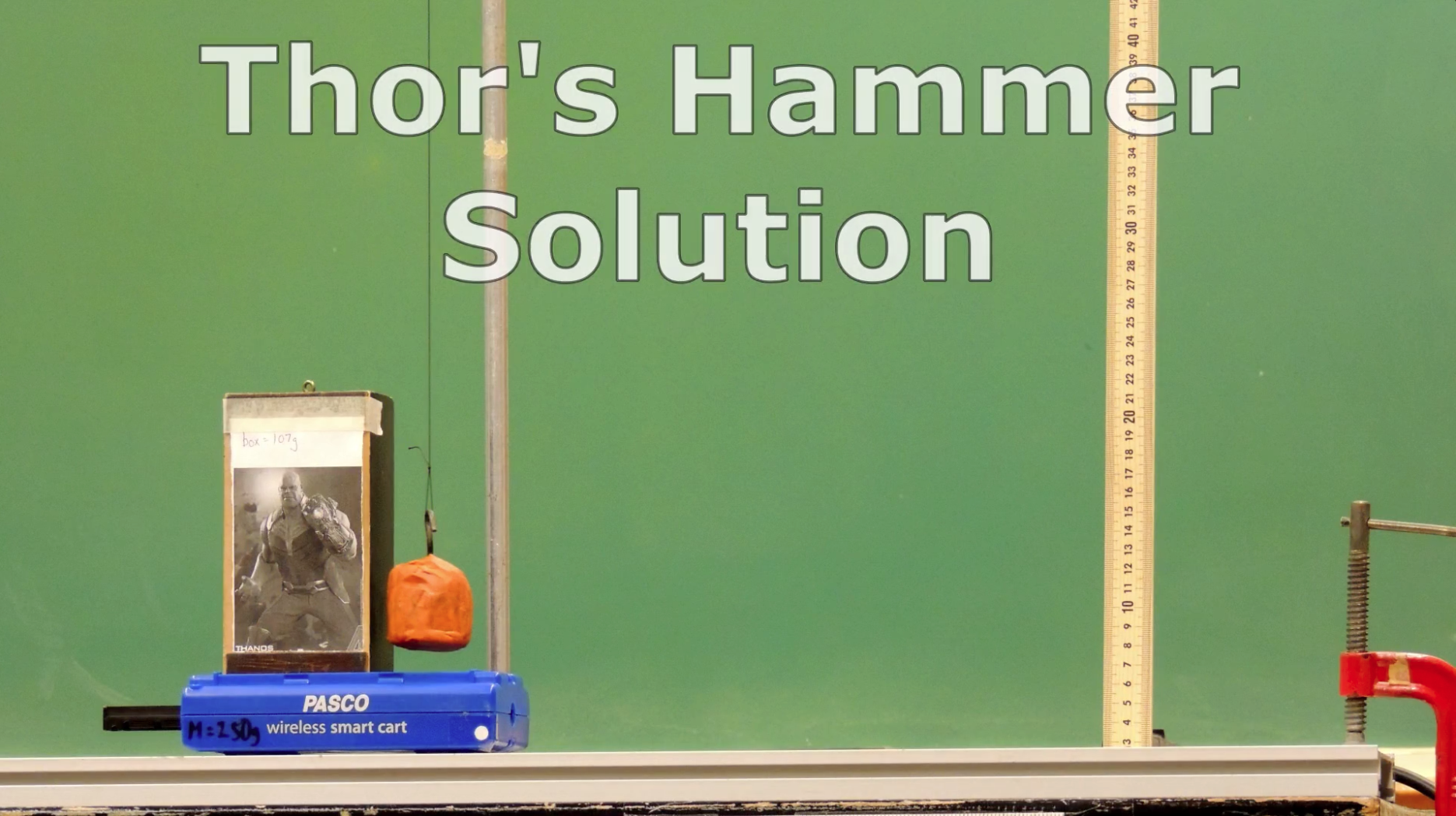January 18, 2022 Filed in:
ArticlesChris Meyer
Past-President, OAPT
Chris_meyer1@sympatico.ca
Are you looking for exciting tasks for your students now that we have made the sudden switch to virtual teaching? You have come to the right place! A staple of our grade 12 physics classes is our physics challenges: cooperative-group problem-solving tasks that involve a physical apparatus, measurements, a prediction, and an experimental confirmation. One of my COVID projects has been making careful videos of these challenges that allow students to understand the problem and make measurements directly from the video. A separate solution video allows students to experimentally verify their predictions. Normally, I would write a long-winded, exhaustive article about the pedagogical design of the challenge process, but not this time! Instead, this will be a quick article so I can share these with you as quickly as possible! Looking for an engaging and rich task to wrap up your physics course with? Read on!
Hammer Time: A Favourite Challenge
My favorite physics challenge is one that my colleague, Mike Doig, wrote for our energy and momentum unit. Here is the video that explains the challenge and provides footage for measurements.

Thor's "hammer" swings down and collides with "Thanos", sending him flying. Students must predict the speed of Thanos after the collision. In addition to the video, students have the “official”
description of the problem and a
solution sheet for presenting and structuring their work. A typical problem-solving challenge takes students 70 to 90 minutes to complete.
Experimental Verification
Once they have come up with a prediction, students normally use the apparatus to make measurements and test their prediction. Now, however, our virtual students get a
solution video to watch. We usually keep these videos top-secret, but you, my lucky reader, get to see this one. Consider trying the challenge yourself before you watch it!

 Self-Assessment Instant Feedback
Self-Assessment Instant Feedback
Once students have checked their prediction against the solution video, students compare the written work of their solution versus a
model solution (again, normally top-secret!). We ask students to add corrections and improvements to their own work using a blue pen, similar to our
instant feedback quizzes.
Check Them Out!
A whole set of problem-solving challenges is
available on my website. There, you will also find some tips on running these challenges and some pedagogical guidance. Please contact me and I will give you access to all the solution videos and model solution sheets.
More Experimental Videos for Virtual Science Teaching
I have carefully videoed many common experiments from the grade 9 science course and from the grade 10 optics unit. If you are worried about not being able to do an experiment now that we are virtual, you might find these videos handy.
Strategy for Using These Videos Virtually
Here is my strategy for using experimental videos for virtual teaching. When I want students to take measurements or discuss what they see: I give students the link to the video, I set them up in breakout rooms, and I ask one student per group (the manager, for example) to load the video and share their screen with the group. This way the group members are seeing the same thing at the same time, can have productive discussions, and be confident they're on the right track.
Tags: Assessment, Astronomy, Electricity, Energy, Momentum, Optics, Pedagogy, Remote Learning


